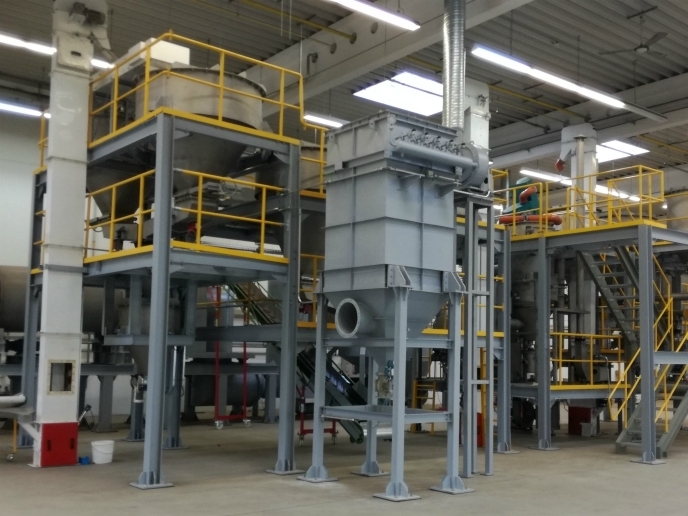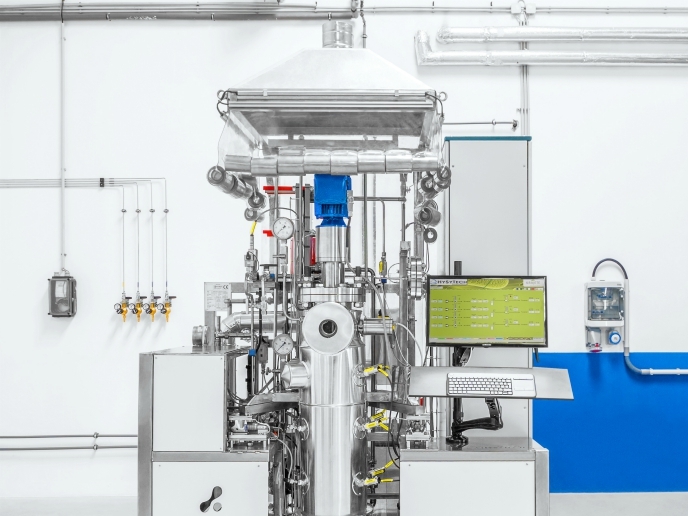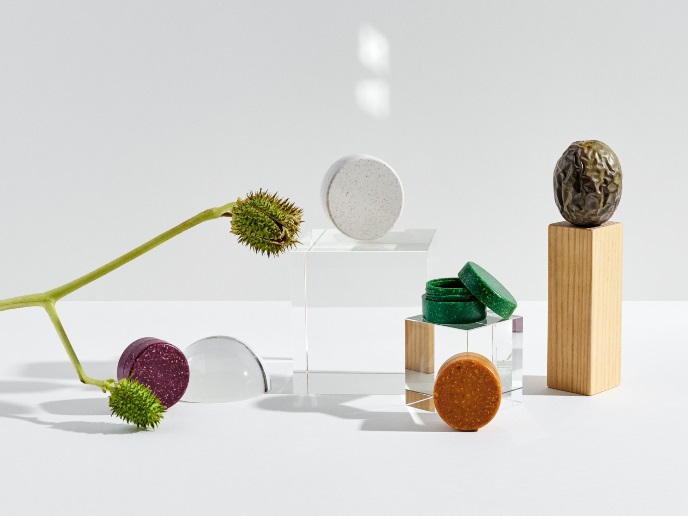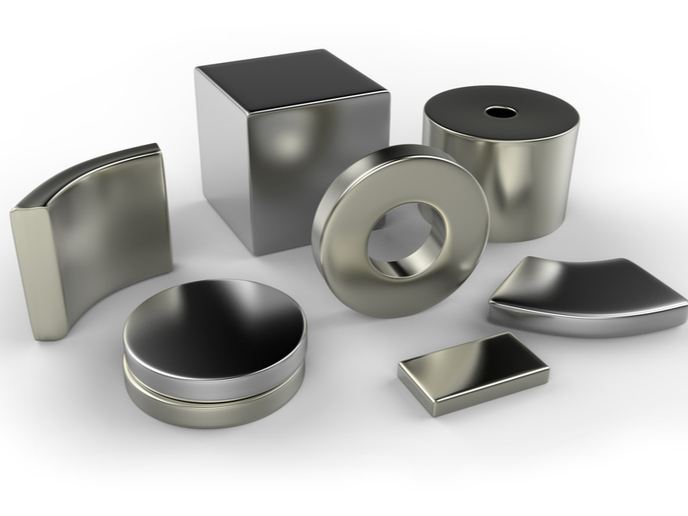Sanitising wastewater with UV light
The EU-funded L4CW-DEMO (Demonstration of a novel system to breakdown hazardous substances in wastewater streams into harmless bio-friendly compounds using multi-chromatic UV light) project developed a cost-effective pilot system for safely treating toxic organic waste streams. The system uses an advanced oxidation process based on a multi-chromatic 'ultraviolet' (UV) source to break down hazardous substances into harmless bio-friendly compounds, without generating any toxic by-products. Project partners developed the manufacturing process for the lamp system and the associated glass technology. Glass subunits were fabricated and tested for mechanical stability, UV emission and their ability to breakdown artificial wastewater. In addition, the consortium updated a database of wastewaters that would benefit from the improved cost effectiveness of this form of treatment. The production process involved a number of steps such as glass shaping, filling the quartz cavity with gas to the required pressure and ensuring safety during automated production. Data was also collected so that a product life-cycle analysis could be conducted. Testing protocols were carried out to ensure product quality was met and energy input into the UV reactor was optimised to increase power efficiency. The team redeveloped UV reactor parts to guarantee that they were suited to automated production. They also improved the process control and sensing system that was developed in an earlier initiative. The consortium successfully achieved automated production of UV reactors and optimised the treatment unit with regard to sensing and control. It also demonstrated the new UV wastewater treatment technology over extended periods of time. This enabled the collection of base data for product life-cycle analysis and for rates in relation to customer investment calculations. Furthermore, use of the UV multi-chromatic light process to treat hazardous organic materials in wastewaters and turn them into bio-friendly compounds was tested and proven and is ready for commercialisation. L4CW-DEMO's technology will generate significant benefits for society by reducing organic pollution from industrial sites prior to discharge into sewage works. Discharge costs to the enterprises can be lowered, and in certain applications water reuse will be enabled. In addition, more economic and environmental wastewater treatment technologies will also help water-scarce regions to attract new industrial activity without having to invest in additional water sourcing and wastewater treatment sites.
Keywords
Wastewater, UV light, water treatment, hazardous substances, bio-friendly, multi-chromatic







